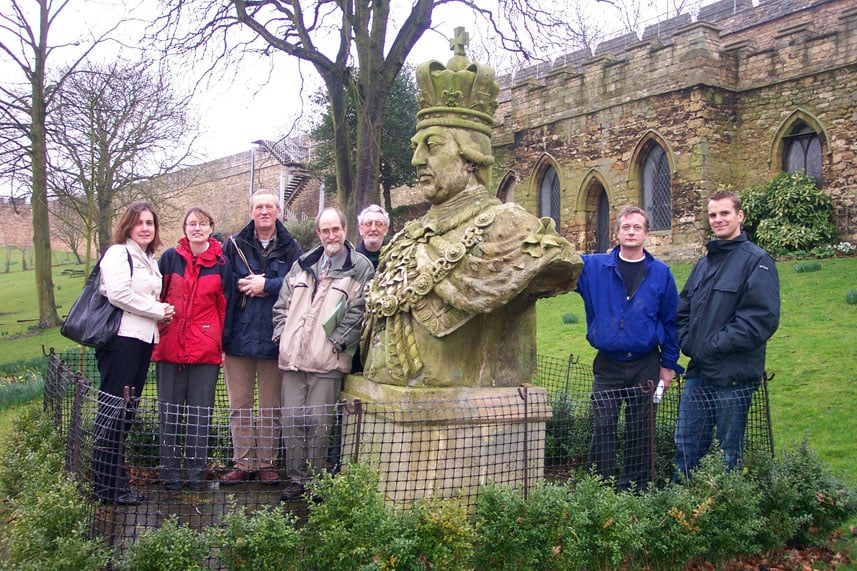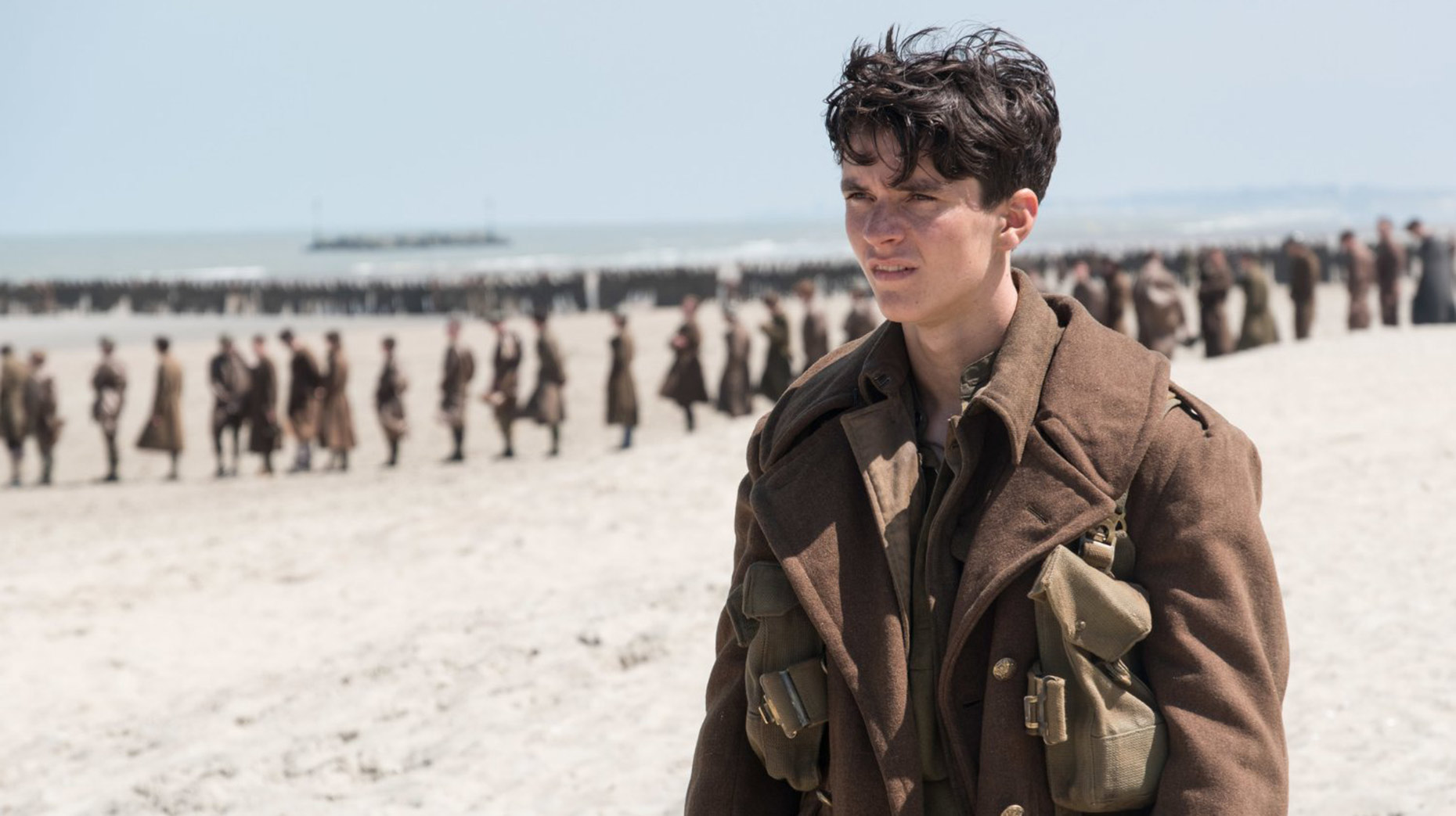Statues appear to be in the news at the moment. Besides the furore in the south of the USA regarding confederate memorials and whether or not the statue of Oliver Cromwell should remain outside the Houses of Parliament, we now hear that President Putin is considering erecting statues to Stalin around Russia. Where you may stand on this politically charged debate is up to you, if, indeed, you are particularly bothered either way.
I’m reminded that, when he first visited Europe as Head of State, Uganda’s Idi Amin was alleged to have wondered why there were no statues to Hitler around!
Put them up, pull them down – or just move them to another less prominent site. Take your pick. Personally, for what it’s worth, I can see merits in all three. The problem is that, try as you may, you can’t rewrite history.
The truth is that there’s something about statues, like Eros in Piccadilly Circus, or the Statue of Liberty in New York harbour, to give two examples, which creates both positive and, in the case of the ones I mentioned earlier, negative emotions.
This brings me in a convoluted way to my own brush with statuary. It happened not long after my election to the county council some 16 years ago. At the meeting of some committee whose name now escapes me, members were discussing how to ‘celebrate’ the upcoming Golden Jubilee of Queen Elizabeth II. In a rather light hearted, off the cuff remark, I suggested that we “put King George III back together again”.

I was, of course, referring to the statue of the Queen’s 4X great grandfather that was erected on the Dunston Pillar to commemorate the ‘Mad Monarch’s’ own Golden Jubilee in 1810. The statue remained there until, minus an arm that had fallen off in the 1920s (and now allegedly part of the garden furniture in some miner’s cottage up north), it and about one third of the tower was ordered to be pulled down by the Air Ministry at the start of WW2 as they were considered to be a danger to low flying aircraft from the various bomber bases nearby.
And literally pulled down it was, crashing to the ground and breaking into many pieces, most of which ended up in the vaults of Lincoln Castle, where they remain to this day. During the 1970s the head and shoulders were put together and placed on display in the castle grounds, thanks largely to the efforts of the late Peter Hodgkinson and his team at Simons.

Let’s go back to that meeting. My ‘suggestion’ brought a swift response from one of the officers present. Apparently the statue was actually not made of real stone at all; but from a form of terracotta, invented by Eleanor Coade around 1770, known eponymously as ‘Coade stone’.
Unfortunately, the recipe for this popular material was lost around 1840. In fact the statue was a huge hollow sort of early Lego, made in plaster moulds from the original piece sculpted by one Joseph Panzetta for Mrs Coade and in sections with the various parts, that once hoisted aloft, were ‘welded’ together on to the pillar by iron rods and molten lead, neither of which, as it transpired, were impervious to weather, which is probably why the arm dropped off around a hundred or so years after its erection. I thought that that was that, although my ‘campaign’ did make the local media.
Besides, I figured, the voters of Hykeham Forum Division hadn’t elected me to indulge my phantasies regarding pieces of sculpture, whose best days were probably behind them! Then, out of the blue, I received a letter, with a press cutting from a national newspaper attached, from the elderly mother of a friend of mine, which announced that a certain conservationist, Mr Chris Cleere, had rediscovered the formula and was busy repairing existing Coade stone statues.
I contacted him and, following a grant from the Peter Hodgkinson Trust and the support of David Start and his team at Lincolnshire Heritage, we were able to invite Chris and his colleague, Stephen Pettifer, up here to undertake a complete survey of the statue in the summer of 2003.
We had all the pieces out on the grass near the bust and found that most bits were there. We labelled them and returned them to the vaults, where, hopefully, they are still to this day. Chris convinced us that the missing bits could easily be prefabricated and reckoned that the whole project would cost around £30,000.
One observation of his that set alarm bells ringing was that, unless urgent remedial work was undertaken on the bust, it would literally burst into pieces, as the materials used in good faith some thirty years before had been affected by prolonged exposure to the elements.
Following this the bust was removed and eventually repaired by Stephen Pettifer, who had taken over from Chris, to coincide with the relaunch of the Castle, courtesy of a grant from the Heritage Lottery Fund. Because of the delay, the eventual cost of repairing the bust alone ended up, I believe, at around the same price quoted for the complete repair of the whole statue some ten years before.

I’m still hoping that, one day, somebody may see fit to complete the job and then King George, all 15ft of him, would prove a very impressive edition to what is already an increasingly popular visitor attraction at the top of Steep Hill. The cynics amongst you may think there are far better ways to spend public money. But we all know what Oscar Wilde said about cynics.
Lincolnshire County Council is in possession of what Chris Cleere described to me back then as “one of the most impressive pieces of Coade stone ever produced”. To see the restoration work barely half done is such a shame. To those who believe that statues are no more than inanimate objects, just ponder this.
To make this particular piece required people with small hands, in this case mainly children, to plaster the inside the mould with the Coade stone mixture before firing, and the marks left behind by their tiny fingers are clearly visible on the inside of many of the pieces in the castle vaults to this day.
It’s worth remembering that, when this particular statue was being constructed, not only was slavery still permitted in the British Empire (supported incidentally by none other than Lord Horatio Nelson, whose statue in Trafalgar Square has an iconic place in many hearts); and little white children, if not conscripted to work in confined spaces at the Coade factory, were still sent up chimneys and made to work down the mines and in the increasingly dangerous textile mills of the north. If nothing else, this statue should, in the way it was constructed at least, make us realise how much progress has been made over the past two centuries.
John was a councillor for thirty years, finally retiring in 2017. A schoolteacher by profession, he served on the North Hykeham Town Council (1987-2011), the North Kesteven District Council (1987-1999, 2001-2007) and the Lincolnshire County Council (2001-2017). He was also a County Council member of the former Lincolnshire Police Authority for eight years until standing down in 2009. In 1997 he was the Lib Dem Parliamentary candidate for Sleaford and North Hykeham. He is currently not a member of any political party.







